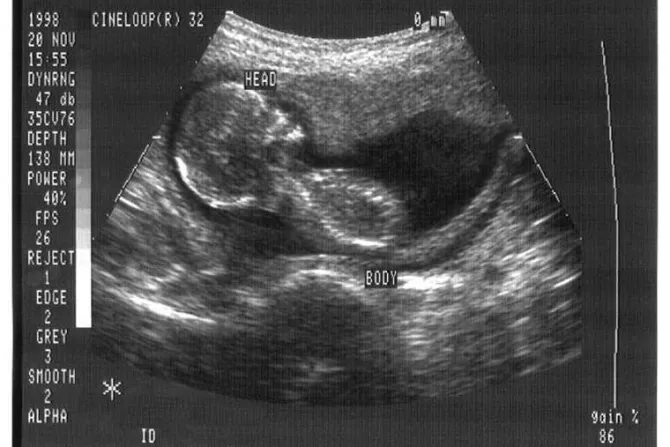Washington, D.C. Newsroom, Nov 29, 2022 / 10:45 am
Americans are increasingly relying on chemical abortion, or abortion by pill, according to a new report by the Centers for Disease Control and Prevention (CDC).
Early medical abortion increased 22% from 2019 to 2020 and 154% from 2011 to 2020, the CDC found when looking at 37 areas that provided continuous data on medical abortion during 2011−2020.
The federal agency reported that, in 2020, the highest percentage of abortions (51%) were early medical abortions performed at or before nine weeks’ gestation based on data from 46 areas. An additional 2.4% accounted for medical abortions after nine weeks’ gestation.
The CDC usually releases its annual abortion surveillance report around the Thanksgiving holiday, as it did this year. The report, which lags two years behind, shows abortion data for 2020 — the year the COVID-19 pandemic hit the nation.
The CDC’s data relies on voluntary reporting from the central health agencies of 49 reporting areas (47 states; Washington, D.C.; and New York City). The incomplete data set excludes three states: California, Maryland, and New Hampshire. Together, those states account for approximately 20% of all U.S. abortions, the report said, citing the Guttmacher Institute.
Other limitations with the CDC data include incomplete information reported.
On medical abortion, researchers agree that its use is increasing. The Guttmacher Institute, a reproductive research organization once associated with Planned Parenthood, found earlier this year that this type of abortion accounted for more than half of all U.S. abortions in 2020.
A CDC spokesperson confirmed to CNA that early medical abortion, here, is defined as “the administration of medications (typically mifepristone followed by misoprostol) to induce an abortion” at or before nine completed weeks gestation, in accordance with the FDA’s labeling for mifepristone that was implemented in 2016.
She added that other drugs (“typically serial prostaglandins, sometimes administered after mifepristone”) also might be used with abortion after nine weeks gestation.
The increase in medical abortion comes before the Food and Drug Administration (FDA) lifted restrictions on mifepristone, a drug approved for use in medical abortions, in 2021. But the FDA’s move represented a continuation of 2020, when a federal district court blocked the FDA from enforcing its requirement that women seeking abortions must receive mifepristone in person rather than by mail.
Abortion by the numbers
According to the CDC, a total of 620,327 abortions were reported to the federal agency for 2020. This number represents a 1.5% decrease since 2019 (with 629,898 total abortions reported) and a 15% decrease since 2011 (with 730,322 total abortions reported).
The decrease comes after the number of reported abortions increased in 2018 and 2019.
The Guttmacher Institute, which offers more comprehensive data, counted 930,160 abortions in the United States for 2020. That number represented an increase — not decrease — from 2019, when it listed 916,460 abortions.
The CDC, while looking at the 48 areas that reported data continuously from 2011 to 2020, reported overall decreases during that time in the total number, rate, and ratio of reported abortions. Most recently for those areas, from 2019 to 2020, the CDC saw a 2% decrease in both the total number of abortions and abortion rate (number of abortions per 1,000 women aged 15–44 years), but a 2% increase in the total abortion ratio (number of abortions per 1,000 live births).
For those same 48 areas, a total of 615,911 abortions were reported for 2020, with 11.2 abortions per 1,000 women aged 15–44 years and 198 abortions per 1,000 live births.
(Story continues below)
Of the states providing data, Florida saw the the highest number of abortions at 74,868, followed by New York (63,142) and Texas (55,132). Washington, D.C., had the highest abortion rate (23 abortions per 1,000 women aged 15–44 years) and ratio (498 abortions per 1,000 live births).






